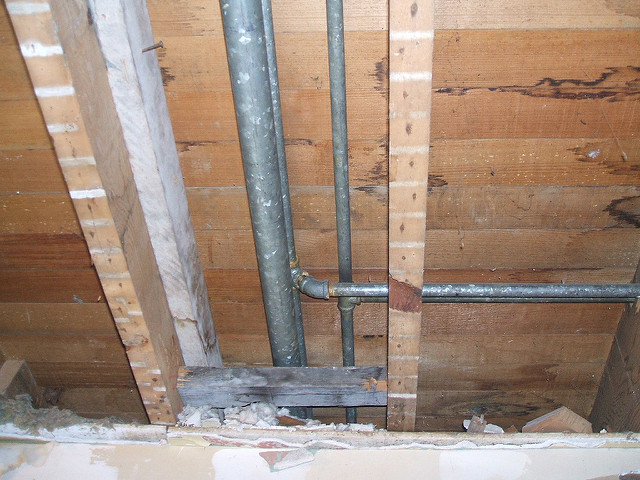Uncover Concealed Water Line Leaks: Six Tested Techniques for Detecting
Uncover Concealed Water Line Leaks: Six Tested Techniques for Detecting
Blog Article
We have found this great article on Detecting hidden plumbing leaks down the page on the web and thought it made sense to write about it with you on this page.

The minute you discover a leak, calling your plumber for repair services is the most effective remedy. Nonetheless, some tiny water leaks might not show up. If you can not spot it with your nude eyes, here are some hacks that aid.
Early detection of leaking water lines can reduce a prospective catastrophe. Besides saving you cash, it will certainly decrease the worry and stress.
Inspect Water Consumption
If you find abrupt adjustments, despite your consumption being the same, it implies that you have leakages in your plumbing system. An abrupt spike in your bill indicates a fast-moving leak.
A stable rise every month, even with the very same behaviors, reveals you have a slow-moving leakage that's likewise gradually intensifying. Call a plumber to extensively check your residential or commercial property, especially if you feel a warm area on your flooring with piping below.
Evaluate and Examine the Scenario
House owners need to make it a practice to inspect under the sink counters and even inside cupboards for any type of bad odor or mold and mildew development. These 2 warnings show a leak so timely interest is required. Doing routine evaluations, even bi-annually, can conserve you from a significant problem.
Check Out the Water Meter
Examining it is a guaranteed means that aids you uncover leakages. If it moves, that shows a fast-moving leak. This implies you may have a slow-moving leakage that can also be below ground.
Asses Outside Lines
Do not fail to remember to inspect your outdoor water lines as well. Needs to water leak out of the link, you have a loose rubber gasket. One tiny leakage can lose bunches of water and surge your water expense.
Do a Food Coloring Examination
When it comes to water intake, 30% comes from bathrooms. If the color somehow infiltrates your dish during that time without flushing, there's a leakage between the tank as well as dish.
A lot more importantly, if you understand your residence is currently old, maintain a watchful eye on your heating systems, hoses, pipes and so on. Look for discolorations as well as deteriorating as a lot of pipes and appliances have a life span. They will also normally weaken as a result of tear and also put on. Do not wait for it to rise if you presume leaking water lines in your plumbing system. Call a specialist plumber today so you do not wind up with a horrible mess in your house.
The moment you discover a leak, calling your plumber for fixings is the ideal remedy. Some little water leaks might not be noticeable. Inspecting it is a guaranteed way that helps you find leaks. One little leakage can waste lots of water as well as increase your water costs.
If you believe dripping water lines in your plumbing system, do not wait for it to escalate.
WARNING SIGNS OF WATER LEAKAGE BEHIND THE WALL
PERSISTENT MUSTY ODORS
As water slowly drips from a leaky pipe inside the wall, flooring and sheetrock stay damp and develop an odor similar to wet cardboard. It generates a musty smell that can help you find hidden leaks.
MOLD IN UNUSUAL AREAS
Mold usually grows in wet areas like kitchens, baths and laundry rooms. If you spot the stuff on walls or baseboards in other rooms of the house, it’s a good indicator of undetected water leaks.
STAINS THAT GROW
When mold thrives around a leaky pipe, it sometimes takes hold on the inside surface of the affected wall. A growing stain on otherwise clean sheetrock is often your sign of a hidden plumbing problem.
PEELING OR BUBBLING WALLPAPER / PAINT
This clue is easy to miss in rooms that don’t get much use. When you see wallpaper separating along seams or paint bubbling or flaking off the wall, blame sheetrock that stays wet because of an undetected leak.
BUCKLED CEILINGS AND STAINED FLOORS
If ceilings or floors in bathrooms, kitchens or laundry areas develop structural problems, don’t rule out constant damp inside the walls. Wet sheetrock can affect adjacent framing, flooring and ceilings.
https://www.servicemasterbyzaba.com/blog/how-to-detect-water-leakage-in-walls/

I came across that blog post on Hacks to detect leaks while doing a lookup on the internet. Sharing is nice. One never knows, you might be helping someone out. Thanks a lot for going through it.
Details Report this page